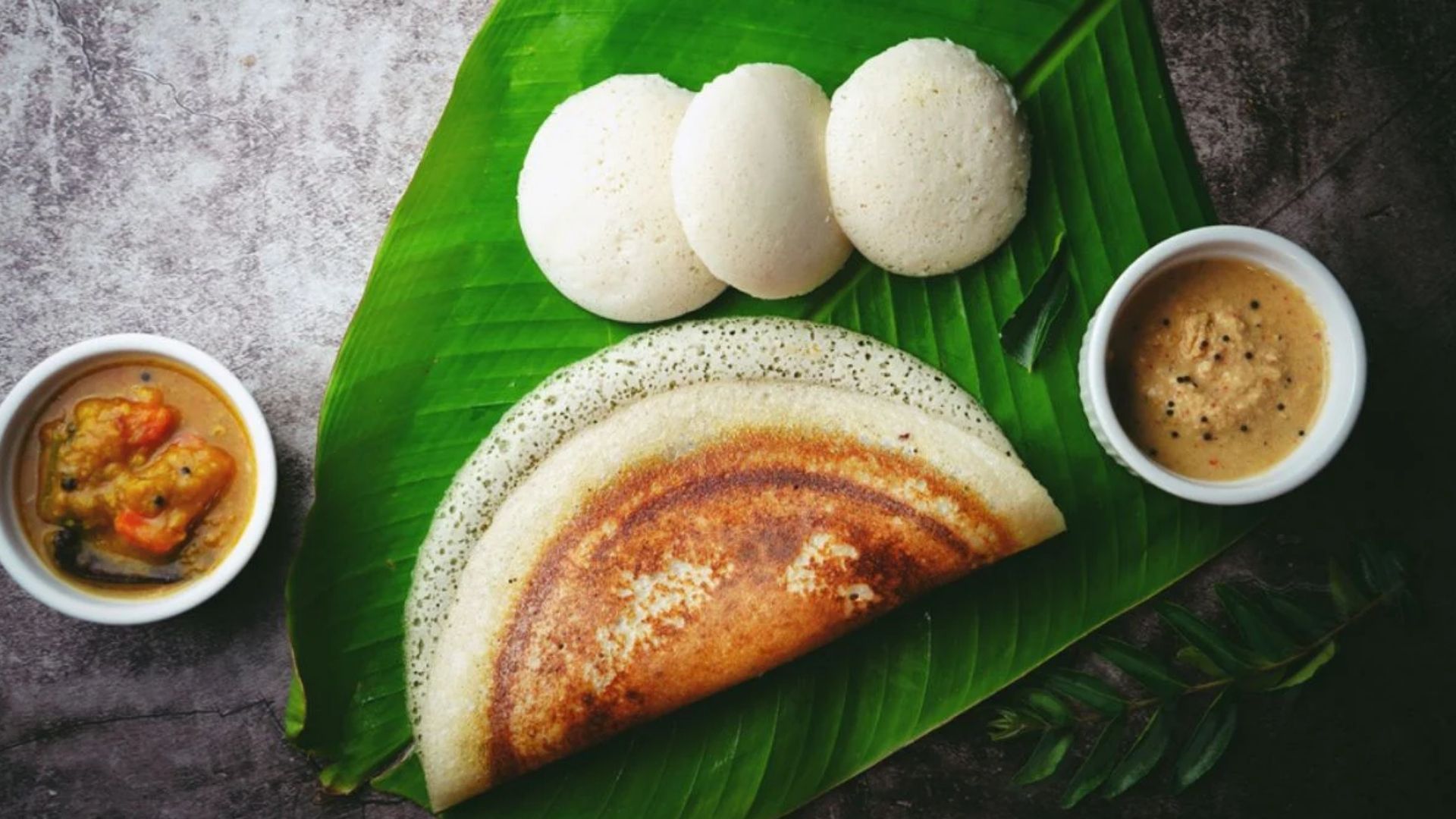Few dishes in Indian cuisine are as comforting, wholesome, and universally loved as Idli. Soft, fluffy, and light, idlis have been a part of Indian kitchens for centuries. This humble steamed cake has not only conquered South Indian breakfast tables across South India but has also found a place in global food culture — praised for its taste, nutrition, and simplicity.
But what makes idli so special? Why has it remained a timeless favorite in a world full of fast foods and new trends? Let’s explore the story, tradition, and health benefits behind this iconic dish.
The Origin and History of Idli
The history of idli dates back nearly 1,000 years. Food historians believe that the dish might have originated in South India, though some suggest it was influenced by ancient Indonesian fermented rice cakes brought to India by traders.
Over the centuries, idli evolved through different regions — Karnataka, Tamil Nadu, and Andhra Pradesh each adding their own touch to the recipe. The modern version of idli, made with a fermented batter of rice and urad dal (black gram), gained popularity around the 13th century.
What makes idli unique is its simple preparation and natural fermentation process, which not only enhances its flavor but also boosts its nutritional value.
READ MORE : https://digitalmohit.co.in/category/food-racipe/
How Idli is Made — The Traditional Way
Making idli is both an art and a science. The process is simple, yet it requires patience and care.
- Soaking: Equal portions of rice and urad dal are soaked in water for several hours.
- Grinding: The ingredients are ground separately to a fine paste, then mixed together.
- Fermentation: The batter is left overnight to ferment naturally. This step is crucial, as it allows the batter to rise and become airy.
- Steaming: The fermented batter is poured into idli molds and steamed until fluffy and soft.
The result? Warm, spongy idlis that melt in your mouth — often served with coconut chutney, sambar, or a variety of spicy podis (powders) mixed with oil or ghee.
READ MORE : https://digitalmohit.co.in/category/news/
The Nutritional Power of Idli
One of the main reasons idli remains a breakfast favorite is its nutritional balance. It is light on the stomach yet rich in essential nutrients.
- Low in Fat: Since idlis are steamed, they are virtually oil-free, making them ideal for weight watchers.
- Rich in Protein: The combination of rice and lentils provides a good source of plant-based protein.
- Probiotic Benefits: The fermentation process introduces healthy bacteria that improve digestion.
- Gluten-Free: Naturally gluten-free, idlis are safe for people with gluten sensitivity.
- Energizing and Light: They offer sustained energy without heaviness, making them perfect for breakfast.
Variations of Idli — A Dish for Every Taste
While the traditional white idli is the most popular, regional and modern twists have added new flavors and colors to this classic dish.
- Rava Idli: Made with semolina (rava) instead of rice, first popularized in Karnataka.
- Kanchipuram Idli: A spiced version with pepper, ginger, and curry leaves, often offered in temples.
- Mini Idli: Bite-sized idlis served with sambar — a popular street food in South India.
- Vegetable Idli: Mixed with grated carrots, peas, or spinach for extra nutrition.
- Stuffed Idli: Filled with masala or chutney inside, a modern fusion twist.
- Oats Idli: A healthy variation for fitness enthusiasts, made with oats and yogurt.
Each version offers a different flavor profile, yet all carry the same essence — simple, healthy, and delicious.
Idli in Modern Times
In today’s fast-paced world, idli has successfully adapted without losing its roots. Instant idli mixes, ready-to-cook batters, and even microwave-friendly versions have made it easier than ever to enjoy this traditional food.
From local South Indian tiffin centers to five-star hotels and even airline meals, idli has made its way everywhere. It’s also a popular dish among international food lovers seeking authentic Indian vegetarian cuisine.
Many nutritionists and fitness experts around the world recommend idli as a perfect breakfast choice — balanced, low in calories, and easy to digest.
Cultural Significance of Idli
In South Indian homes, idli is more than just food — it’s a symbol of warmth and togetherness. Families gather around breakfast tables sharing stories over a plate of steaming idlis.
During festivals, weddings, or religious ceremonies, idli often takes center stage on the menu. The simplicity of the dish reflects the Indian philosophy that food doesn’t need to be extravagant to be fulfilling.
Why Idli is Loved Around the World
The global love for idli has grown rapidly, especially among health-conscious eaters. Its vegan, gluten-free, and low-fat nature makes it a global superstar.
Indian restaurants across the U.S., UK, and Middle East serve idlis as a signature dish. Food bloggers and chefs around the world experiment with fusion versions — from cheese idli to chocolate idli desserts.
The humble idli has truly transcended borders, becoming a comfort food for millions worldwide.
Final Thoughts
The story of idli is a story of simplicity, tradition, and health. In every soft bite, there’s the wisdom of ancient Indian cooking — wholesome, balanced, and nourishing.
Whether you enjoy it with coconut chutney, spicy sambar, or just a drizzle of ghee, idli reminds us that good food doesn’t have to be complicated. It’s about balance, love, and the comfort of home.
From village kitchens to global breakfast tables, idli remains an evergreen favorite — a symbol of India’s culinary heritage that continues to win hearts, one plate at a time.
















Leave a Reply